Amidst the crashing waves and sprawling estates of Malibu, a battle is brewing—one that pits the dreams of a family against the regulations of the city.
In a David versus Goliath scenario, a small family finds themselves thrust into the spotlight as they face off against the city’s legal juggernaut, all in an effort to build a tiny home in their backyard for their elderly parent.
California’s Accessory Dwelling Unit Revolution: Opening Doors To Affordable Housing
California lawmakers have made it easier to build backyard tiny homes, called accessory dwelling units or “granny flats,” in backyards. These units help add density to neighborhoods with mostly single-family houses.
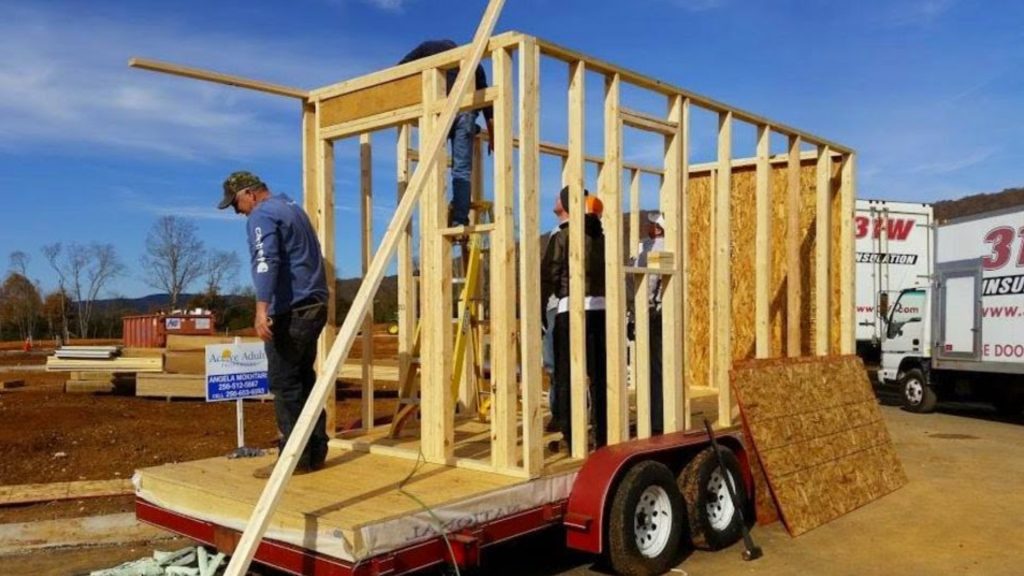
In 2016, the state passed two laws, A.B. 2299 and S.B. 1069, making it mandatory for cities and counties to allow these units in most residential areas, preempting local zoning ordinances and permitting processes.
Empowering ADU Legislation In California
These changes in the law have stopped cities and towns from using zoning laws and other restrictions to block ADUs. They also made it easier to get permission for them and gave the state more power to make sure the rules about ADUs were followed.
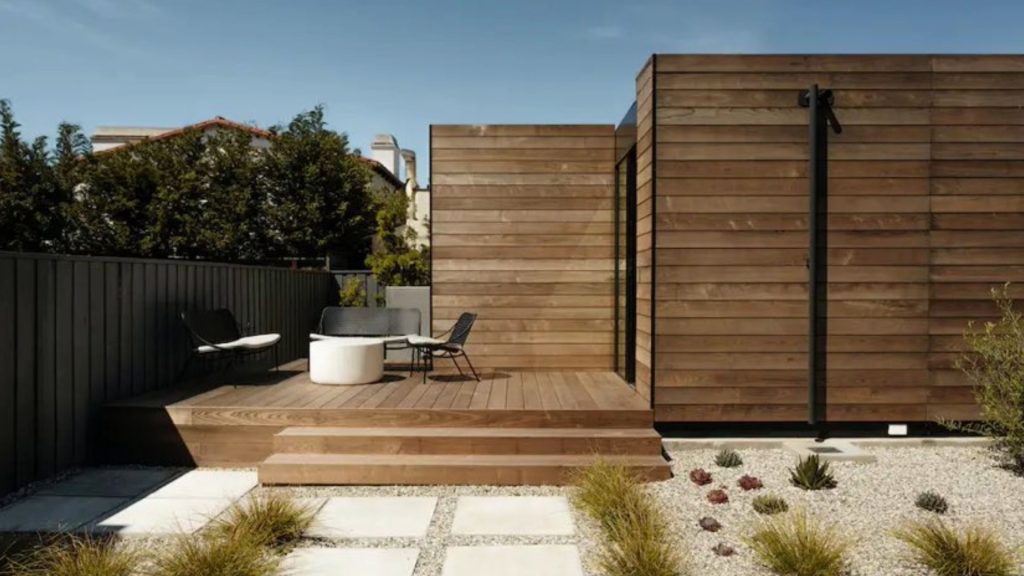
The many provisions passed by the state show how much detail lawmakers thought was needed to make local jurisdictions permit ADUs.
State Law Encourages LGA Reforms
These state rules have also encouraged local governments to make their own changes. For example, San Diego’s City Council voted on a rule that lets homeowners add an extra ADU if they rent it out at a lower rate to people with low or medium incomes.
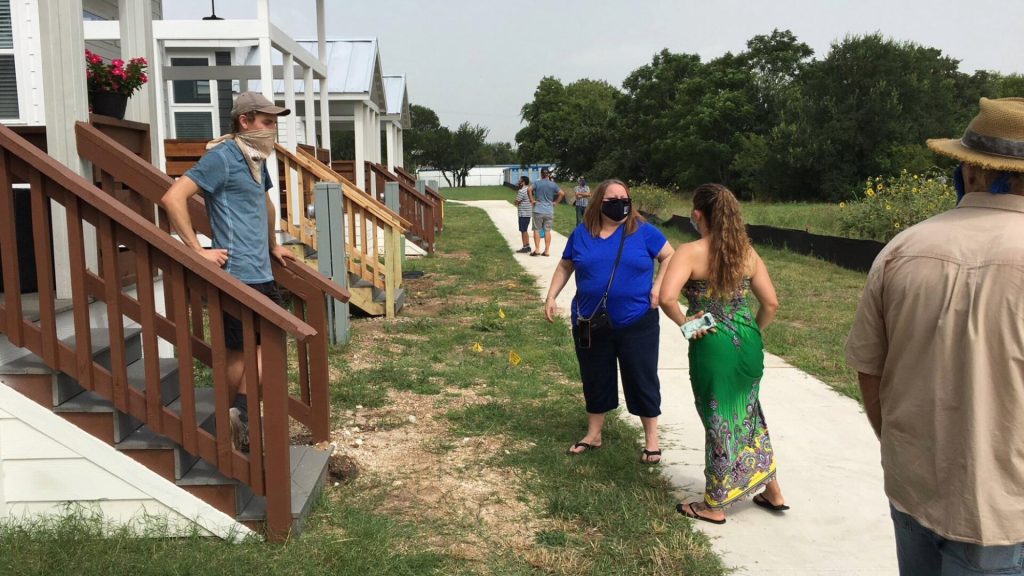
Not every town is okay with ADUs, and some will do whatever it takes to stop them. In Malibu, Jason and Elizabeth Riddick are facing this challenge. Since July 2020, they’ve been trying to build a small extra home in their backyard in the pricey coastal enclave.
City Rejects The Riddicks’ Request To Build An ADU
They want Elizabeth’s mom to live there independently but still close by for help. “Her moving in here and having her own space is a very urgent issue,” Elizabeth said.
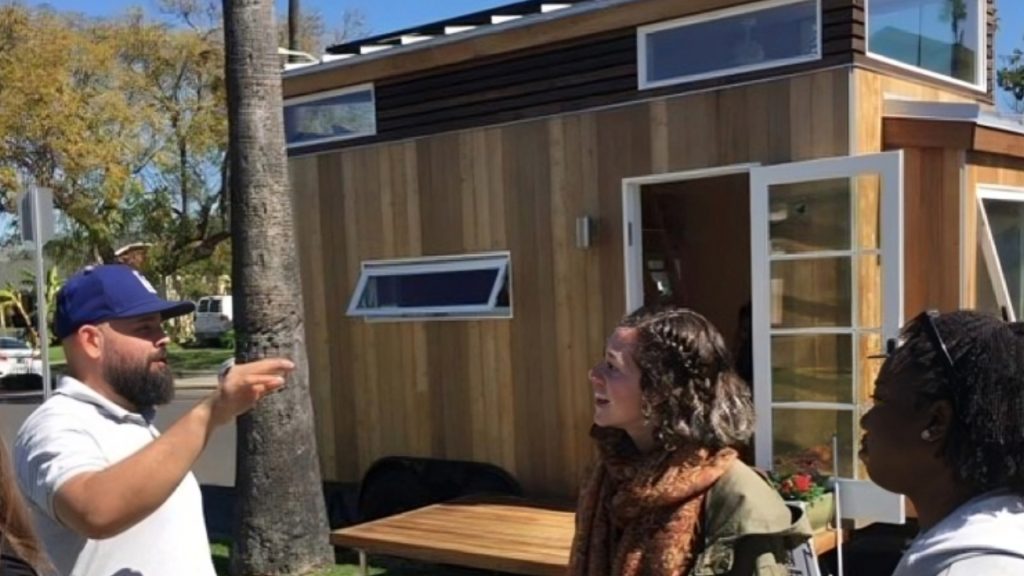
They asked the city for permission, but after almost a year, the city said no. They said the project was too big and too close to the street, according to the Malibu Times.
Battling Bureaucracy: The Riddicks’ Struggle For An ADU In Malibu
Even though the ADU was in line with the state’s rules, the commission said it needed a coastal development permit, which it didn’t qualify for. The Riddicks, with help from the Pacific Legal Foundation, appealed the commission’s decision.

But a few months later, the commission denied the appeal. So, the couple changed their plans and submitted new ones without adding anything to the house. But once more, the commission said no.
No One Cares!
The Riddicks went to court against the city, and in July 2022, a judge from the Los Angeles County Superior Court agreed with them. They’ve already spent over $50,000 on getting permission and designing the ADU.
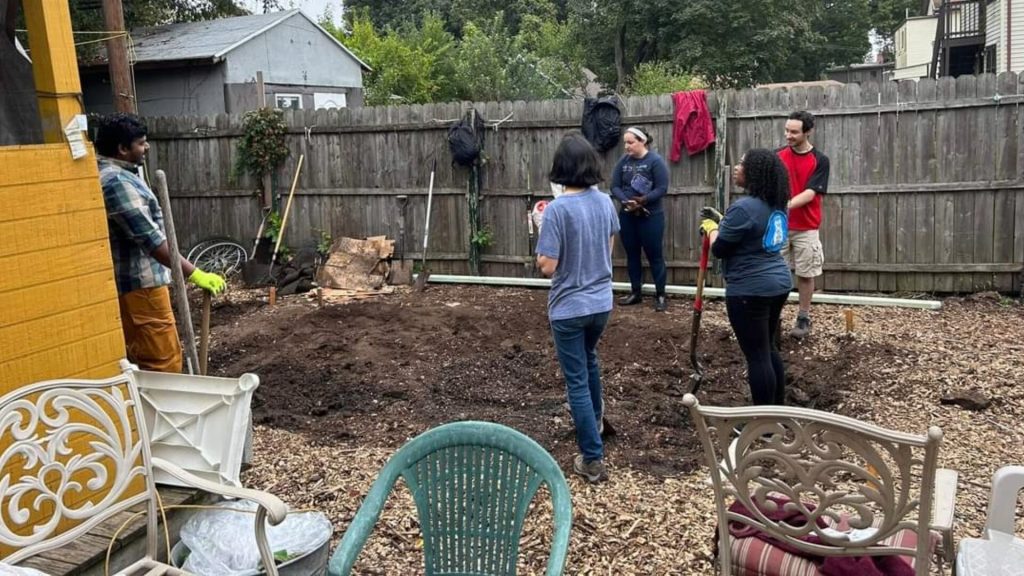
Surprisingly, none of their neighbors have complained about their plans. Actually, some neighbors have even built ADUs on their properties without permission, Elizabeth mentioned. “No one cares,” Jason added.
Malibu’s Multiple Appeals Against The Riddicks
But the city didn’t give up. They took the case to an appellate court, but they only agreed with the lower court’s verdict. They once again ruled the Riddicks didn’t need a coastal permit to build their ADU.
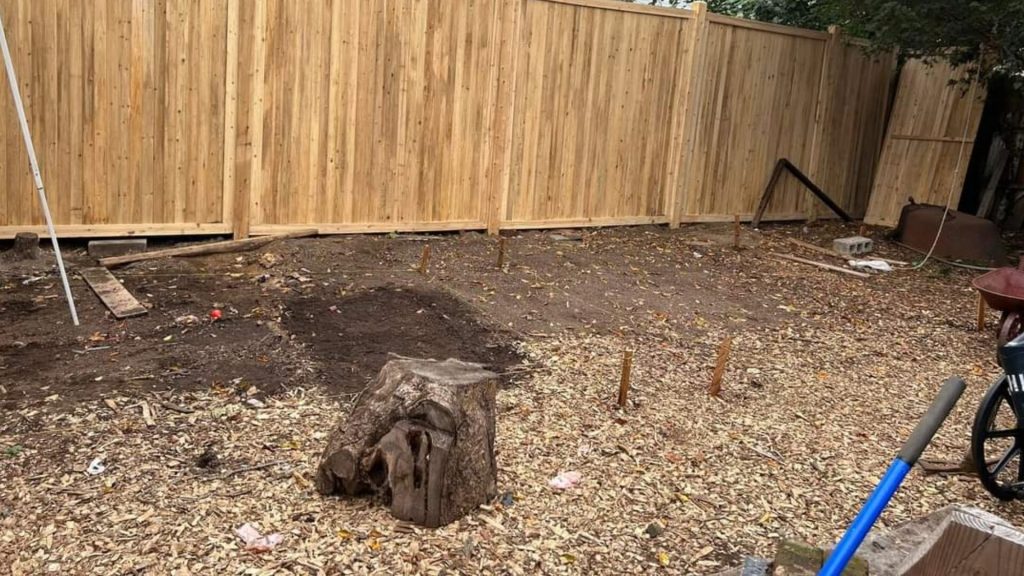
Still, the city didn’t stop. Again, the city appealed the decision, this time to the state supreme court this month. The Riddicks are getting ready to file a response, said David Deerson, a lawyer from the Pacific Legal Foundation who’s helping them for free.
Riddick’s Case A Part Of A Bigger Problem
If the state supreme court says no to hearing the case, which Deerson thinks will happen, then the decision from the other court will stay, and the city should give the Riddicks their permit.

The Riddicks’ situation shows a bigger problem: some local governments are trying to find ways to ignore the state’s easier rules. Malibu, for example, is stopping housing from being built without making its own ADU law. If they had their own law, they could have more control over what gets built.
City’s Battle Against Accessory Dwelling Units
“Instead of going through the hard work of actually legislating and amending the law that they say they don’t like, they’ve gone to kind of incredible lengths to stop an 85-year-old disabled woman from living in a modest 463-square-foot ADU,” Deerson said.
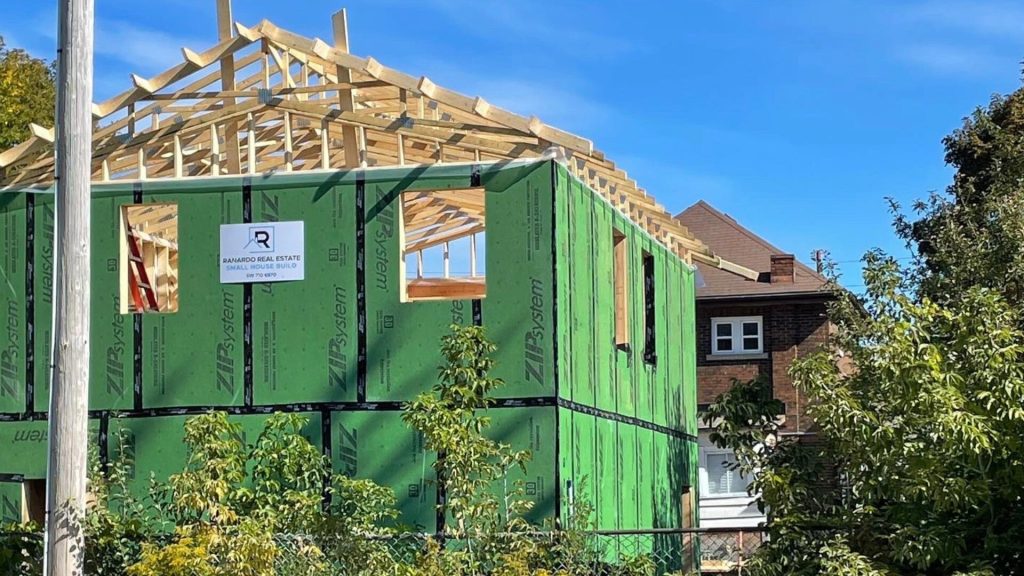
Deerson and the Riddicks think they’re part of a bigger problem in the city. It seems like the city wants to control its own rules about where buildings can go and how land can be used.
ADUs Most Viable Way To Add New Housing
The pricey coastal enclave is “not interested in supporting any type of additional housing,” Elizabeth said, “no matter how badly it’s needed by the people who live here, by the community here, by the teachers, by the workers, by the single moms, by people who cannot afford what it costs to have a house here.”
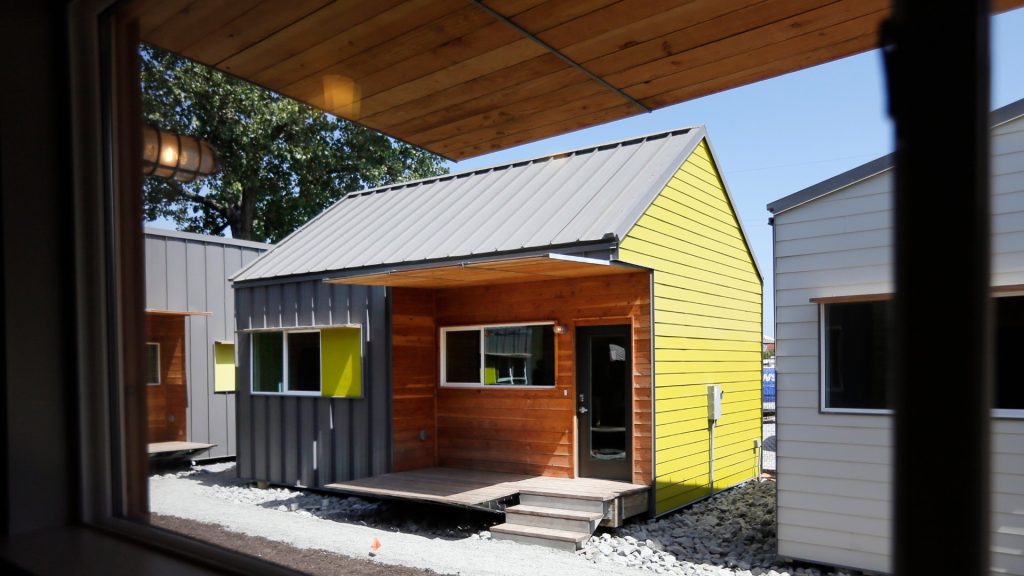
Jason added that ADUs are “the most viable way” to add new, moderately-priced housing to the community.
ADUs Surge Amidst Resistance
Despite resistance from some communities, cities and states nationwide are embracing ADUs as a popular solution to increase housing availability. ADUs offer homeowners flexibility in property use, including renting out for additional income.

This expansion of housing options is crucial in lowering costs and tackling the housing affordability crisis.
Leading The Charge
In 2022, California approved over 23,000 ADUs, a significant increase from fewer than 5,000 in 2017. ADUs now comprise nearly a quarter of newly constructed housing in LA County, according to BI’s report last year.
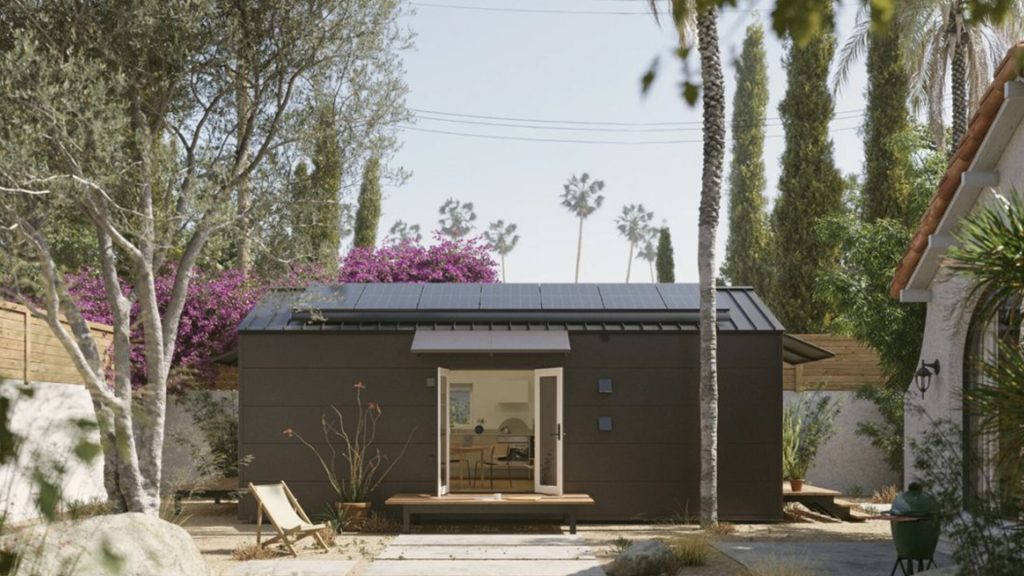
Additionally, New York City unveiled a program offering grants of up to $395,000 to 15 homeowners to construct extra homes in their garages or basements.
Reducing Housing Shortage In A Dense City
This program allows for an additional unit in a garage, basement, or attic, or even a tiny home in the backyard. The aim is to increase housing density in a city facing a housing shortage.
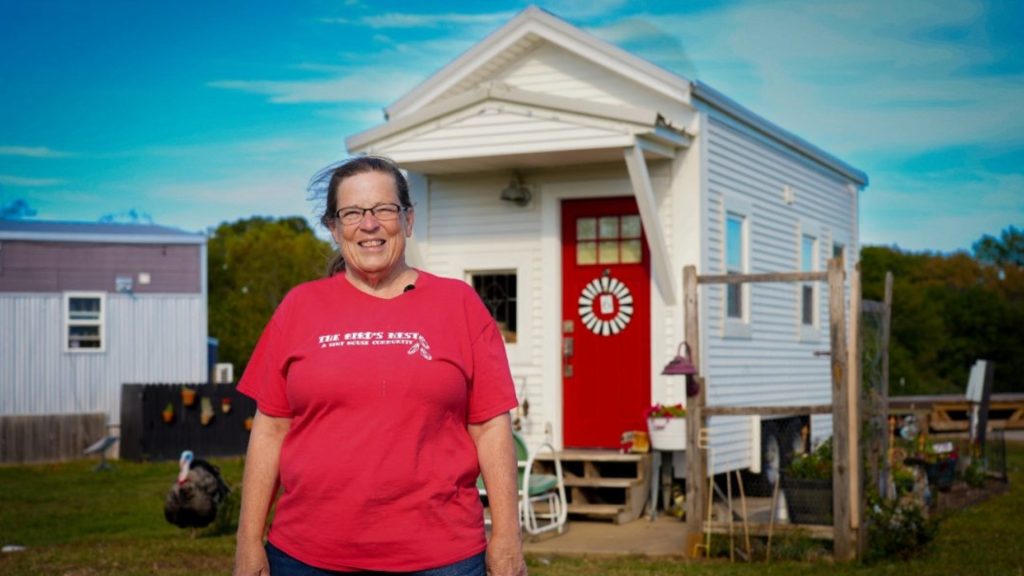
New Yorkers could apply online for the funding, but it wasn’t open to high-income residents. The income limit for a family of four is $232,980.






